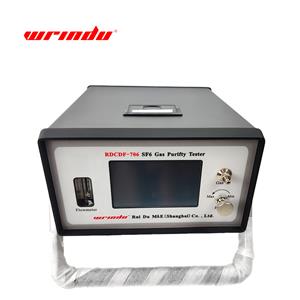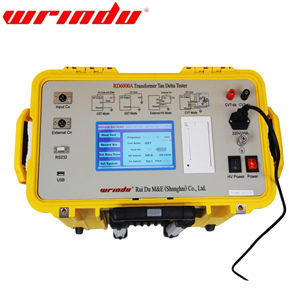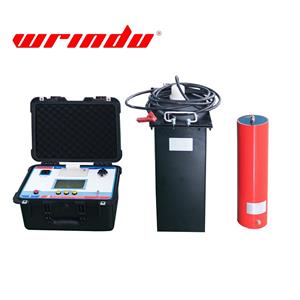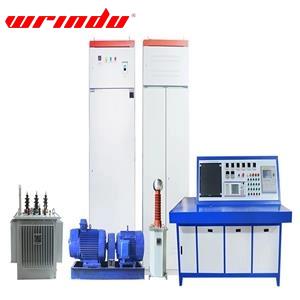Differences Between Megger Test, Tan Delta Test, and Hi-Pot Test
Electrical insulation plays a crucial role in ensuring the safety and efficiency of electrical equipment. To evaluate insulation quality, different tests are used. The Megger test, Tan Delta test, and Hi-Pot test are three common methods. Each test serves a different purpose and provides unique insights into the condition of insulation.
Megger Test (Insulation Resistance Test)
The Megger test is used to measure the resistance of insulation. It applies a low-voltage DC signal to the insulation and measures the resulting current. This test helps identify leakage paths or deterioration in the insulation. It is a non-destructive test that provides a quick assessment of insulation health.
Purpose: Check for leakage paths or faults in the insulation.
Voltage: Typically uses 250V to 1000V DC.
Use: Regular maintenance and routine checks on motors, cables, and panels.
Advantages: Simple, fast, and reliable for detecting general insulation issues.
Tan Delta Test (Dissipation Factor Test)
The Tan Delta test measures the dielectric dissipation factor of the insulation. This test applies an AC voltage to the insulation and analyzes the phase shift between voltage and current. The tan δ value indicates how much energy is being lost. Higher tan δ values suggest that the insulation is degrading due to aging, moisture, or contamination.
Purpose: Assess the overall health and quality of insulation.
Voltage: Typically uses AC voltage, often at the rated voltage level.
Use: Ideal for transformers, cables, and bushings to detect early signs of aging and moisture ingress.
Advantages: Sensitive to moisture, aging, and contamination. Detects issues before they cause failures.
Hi-Pot Test (High Potential Test)
The Hi-Pot test is a stress test that checks the insulation's ability to withstand high voltages. It applies a high-voltage AC or DC signal to the insulation to see if it breaks down. This test is often used to ensure that the insulation can handle extreme operating conditions without failing.
Purpose: Stress the insulation to ensure it can handle high-voltage events without failure.
Voltage: High-voltage, often in the kilovolt (kV) range.
Use: Mainly used for acceptance testing or to find weak spots before a failure occurs.
Advantages: Pass/fail test, helps to find insulation weaknesses.
Key Differences Between the Tests
| Feature | Megger Test | Tan Delta Test | Hi-Pot Test |
|---|---|---|---|
| Purpose | Measures insulation resistance to detect faults. | Measures insulation quality by checking dielectric loss. | Stresses insulation to see if it withstands high voltage. |
| Voltage | Low, typically 250V to 1000V DC. | Uses AC voltage, often at the rated level. | High, typically in the kilovolt range (kV). |
| Nature of Test | Non-destructive, used for routine checks. | Non-destructive, used for detailed health monitoring. | Stress test, can be semi-destructive. |
| Use Case | Routine maintenance and health checks. | Ideal for detecting moisture, aging, and contamination. | Used for factory acceptance testing or to find weaknesses before failure. |
Conclusion
Each test has its own strengths and is suitable for different applications. The Megger test is great for routine checks and ensuring that insulation is free of leakage. The Tan Delta test offers deeper insights into the overall quality of insulation and detects early signs of degradation. Finally, the Hi-Pot test stresses the insulation to ensure it can handle high voltages without breaking down. For optimal maintenance, using a combination of these tests helps ensure the long-term safety and reliability of electrical systems.
Click here to find information about Tan Delta Test of Transformer, Insulation Resistance Tester and DC Hipot Tester.
Related Articles
Do you really understand IR testing?




